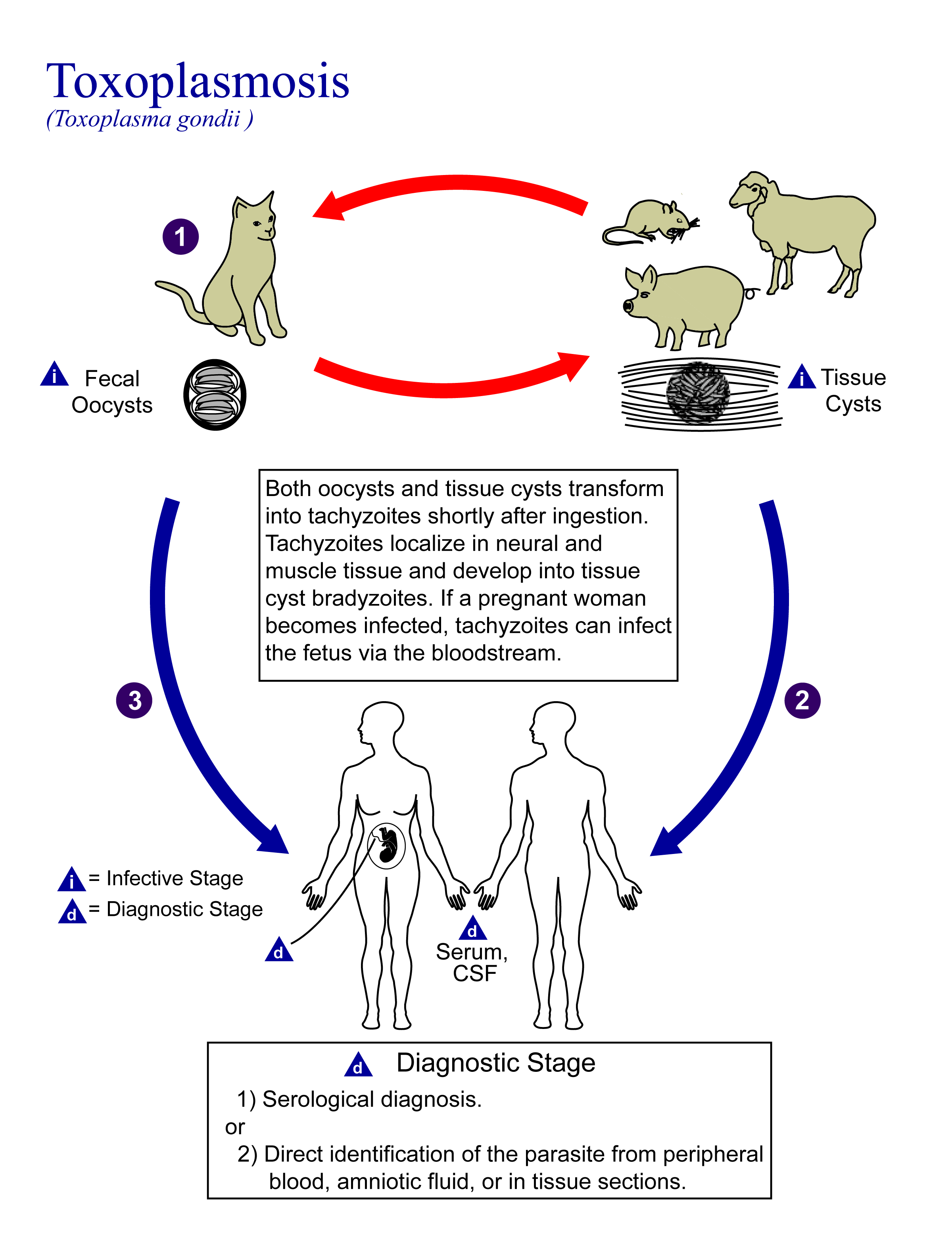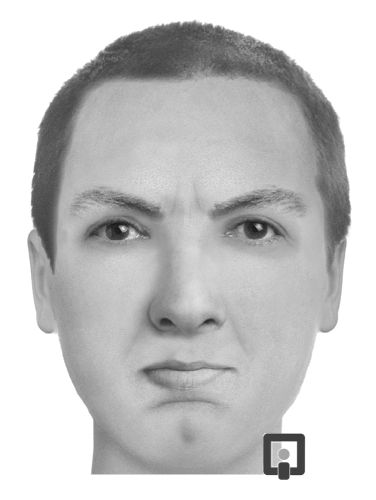|
Parasite-stress Theory
Parasite-stress theory, illustrated by researchers Corey Fincher and Randy Thornhill, is a theory of human evolution proposing that parasites and diseases encountered by a species shape the development of species' values and qualities. The differences in how parasites and diseases stress people's development is what leads to differences in their biological mate value and mate preferences, as well as differences across culture. Parasites causing diseases pose potential ecological hazards and, subsequently, selection pressures can alter psychological and social behaviours of humans, as well as have an influence on their immune systems. Theories of parasite-mediated mate choice Several hypotheses have attempted to explain how parasite load influences female mate choice, as certain traits are thought to be costly and the expression of such traits may be indicative of genetic quality. Hamilton–Zuk hypothesis According to the Hamilton–Zuk hypothesis, female mate choice is bas ... [...More Info...] [...Related Items...] OR: [Wikipedia] [Google] [Baidu] |
Schistosoma Mansoni2
''Schistosoma'' is a genus of trematodes, commonly known as blood flukes. They are parasitic flatworms responsible for a highly significant group of infections in humans termed ''schistosomiasis'', which is considered by the World Health Organization as the second-most socioeconomically devastating parasitic disease (after malaria), with hundreds of millions infected worldwide. Adult flatworms parasitize blood capillaries of either the mesenteries or plexus of the bladder, depending on the infecting species. They are unique among trematodes and any other flatworms in that they are dioecious with distinct sexual dimorphism between male and female. Thousands of eggs are released and reach either the bladder or the intestine (according to the infecting species), and these are then excreted in urine or feces to fresh water. Larvae must then pass through an intermediate snail host, before the next larval stage of the parasite emerges that can infect a new mammalian host by directly p ... [...More Info...] [...Related Items...] OR: [Wikipedia] [Google] [Baidu] |
Signalling Theory
Within evolutionary biology, signalling theory is a body of theoretical work examining communication between individuals, both within species and across species. The central question is when organisms with conflicting interests, such as in sexual selection, should be expected to provide honest signals (no presumption being made of conscious intention) rather than cheating. Mathematical models describe how signalling can contribute to an evolutionarily stable strategy. Signals are given in contexts such as mate selection by females, which subjects the advertising males' signals to selective pressure. Signals thus evolve because they modify the behaviour of the receiver to benefit the signaller. Signals may be honest, conveying information which usefully increases the fitness of the receiver, or dishonest. An individual can cheat by giving a dishonest signal, which might briefly benefit that signaller, at the risk of undermining the signalling system for the whole population. Th ... [...More Info...] [...Related Items...] OR: [Wikipedia] [Google] [Baidu] |
Toxoplasmosis
Toxoplasmosis is a parasitic disease caused by ''Toxoplasma gondii'', an apicomplexan. Infections with toxoplasmosis are associated with a variety of neuropsychiatric and behavioral conditions. Occasionally, people may have a few weeks or months of mild, flu-like illness such as muscle aches and tender lymph nodes. In a small number of people, eye problems may develop. In those with a weak immune system, severe symptoms such as seizures and poor coordination may occur. If a person becomes infected during pregnancy, a condition known as congenital toxoplasmosis may affect the child. Toxoplasmosis is usually spread by eating poorly cooked food that contains cysts, exposure to infected cat feces, and from an infected woman to their baby during pregnancy. Rarely, the disease may be spread by blood transfusion. It is not otherwise spread between people. The parasite is known to reproduce sexually only in the cat family. However, it can infect most types of warm-blooded animals, in ... [...More Info...] [...Related Items...] OR: [Wikipedia] [Google] [Baidu] |
Barn Swallow (Hirundo Rustica Rustica)
The barn swallow (''Hirundo rustica'') is the most widespread species of swallow in the world. In fact, it appears to have the largest natural distribution of any of the world's passerines, ranging over 251 million square kilometres globally. It is a distinctive passerine bird with blue upperparts and a long, deeply forked tail. It is found in Europe, Asia, Africa and the Americas. In Anglophone Europe it is just called the swallow; in northern Europe it is the only common species called a "swallow" rather than a "martin". There are six subspecies of barn swallow, which breed across the Northern Hemisphere. Four are strongly migratory, and their wintering grounds cover much of the Southern Hemisphere as far south as central Argentina, the Cape Province of South Africa, and northern Australia. Its huge range means that the barn swallow is not endangered, although there may be local population declines due to specific threats. The barn swallow is a bird of open country that nor ... [...More Info...] [...Related Items...] OR: [Wikipedia] [Google] [Baidu] |
Protozoa
Protozoa (singular: protozoan or protozoon; alternative plural: protozoans) are a group of single-celled eukaryotes, either free-living or parasitic, that feed on organic matter such as other microorganisms or organic tissues and debris. Historically, protozoans were regarded as "one-celled animals", because they often possess animal-like behaviours, such as motility and predation, and lack a cell wall, as found in plants and many algae. When first introduced by Georg Goldfuss (originally spelled Goldfuß) in 1818, the taxon Protozoa was erected as a class within the Animalia, with the word 'protozoa' meaning "first animals". In later classification schemes it was elevated to a variety of higher ranks, including phylum, subkingdom and kingdom, and sometimes included within Protoctista or Protista. The approach of classifying Protozoa within the context of Animalia was widespread in the 19th and early 20th century, but not universal. By the 1970s, it became usual to require th ... [...More Info...] [...Related Items...] OR: [Wikipedia] [Google] [Baidu] |
Body Symmetry
Symmetry in biology refers to the symmetry observed in organisms, including plants, animals, fungi, and bacteria. External symmetry can be easily seen by just looking at an organism. For example, take the face of a human being which has a plane of symmetry down its centre, or a pine cone with a clear symmetrical spiral pattern. Internal features can also show symmetry, for example the tubes in the human body (responsible for transporting gases, nutrients, and waste products) which are cylindrical and have several planes of symmetry. Biological symmetry can be thought of as a balanced distribution of duplicate body parts or shapes within the body of an organism. Importantly, unlike in mathematics, symmetry in biology is always approximate. For example, plant leaves – while considered symmetrical – rarely match up exactly when folded in half. Symmetry is one class of patterns in nature whereby there is near-repetition of the pattern element, either by reflection or rotation. ... [...More Info...] [...Related Items...] OR: [Wikipedia] [Google] [Baidu] |
Fluctuating Asymmetry
Fluctuating asymmetry (FA), is a form of biological asymmetry, along with anti-symmetry and direction asymmetry. Fluctuating asymmetry refers to small, random deviations away from perfect bilateral symmetry. This deviation from perfection is thought to reflect the genetic and environmental pressures experienced throughout development, with greater pressures resulting in higher levels of asymmetry. Examples of FA in the human body include unequal sizes (asymmetry) of bilateral features in the face and body, such as left and right eyes, ears, wrists, breasts, testicles, and thighs. Research has exposed multiple factors that are associated with FA. As measuring FA can indicate developmental stability, it can also suggest the genetic fitness of an individual. This can further have an effect on mate attraction and sexual selection, as less asymmetry reflects greater developmental stability and subsequent fitness. Human physical health is also associated with FA. For example, young men w ... [...More Info...] [...Related Items...] OR: [Wikipedia] [Google] [Baidu] |
Phenotype
In genetics, the phenotype () is the set of observable characteristics or traits of an organism. The term covers the organism's morphology or physical form and structure, its developmental processes, its biochemical and physiological properties, its behavior, and the products of behavior. An organism's phenotype results from two basic factors: the expression of an organism's genetic code, or its genotype, and the influence of environmental factors. Both factors may interact, further affecting phenotype. When two or more clearly different phenotypes exist in the same population of a species, the species is called polymorphic. A well-documented example of polymorphism is Labrador Retriever coloring; while the coat color depends on many genes, it is clearly seen in the environment as yellow, black, and brown. Richard Dawkins in 1978 and then again in his 1982 book ''The Extended Phenotype'' suggested that one can regard bird nests and other built structures such as cad ... [...More Info...] [...Related Items...] OR: [Wikipedia] [Google] [Baidu] |
Immunocompetence
In immunology, immunocompetence is the ability of the body to produce a normal immune response following exposure to an antigen. Immunocompetence is the opposite of immunodeficiency (also known as ''immuno-incompetence'' or being ''immuno-compromised''). Examples include: * a newborn who does not yet have a fully functioning immune system but may have maternally transmitted antibodies – immunodeficient; * a late stage AIDS patient with a failed or failing immune system – immuno-incompetent; or * a transplant recipient taking medication so their body will not reject the donated organ – immunocompromised. There may be cases of overlap but these terms all describe immune system not fully functioning. The US Centers for Disease Control and Prevention (CDC) recommends that household and other close contacts of persons with altered immunocompetence receive the MMR, varicella, and rotavirus vaccines according to the standard schedule of vaccines, as well as receiving an annual ... [...More Info...] [...Related Items...] OR: [Wikipedia] [Google] [Baidu] |
Testosterone
Testosterone is the primary sex hormone and anabolic steroid in males. In humans, testosterone plays a key role in the development of Male reproductive system, male reproductive tissues such as testes and prostate, as well as promoting secondary sexual characteristics such as increased muscle and bone mass, and the growth of androgenic hair, body hair. In addition, testosterone in both sexes is involved in health and well-being, including moods, behaviour, and in the prevention of osteoporosis. Insufficient levels of testosterone in men may lead to abnormalities including frailty and bone loss. Testosterone is a steroid from the androstane class containing a ketone and a hydroxyl group at positions three and seventeen respectively. It is Biosynthesis, biosynthesized in several steps from cholesterol and is converted in the liver to inactive metabolites. It exerts its action through binding to and activation of the androgen receptor. In humans and most other vertebrates, testost ... [...More Info...] [...Related Items...] OR: [Wikipedia] [Google] [Baidu] |
Honest Signaling
Within evolutionary biology, signalling theory is a body of theoretical work examining communication between individuals, both within species and across species. The central question is when organisms with conflicting interests, such as in sexual selection, should be expected to provide honest signals (no presumption being made of conscious intention) rather than cheating. Mathematical models describe how signalling can contribute to an evolutionarily stable strategy. Signals are given in contexts such as mate selection by females, which subjects the advertising males' signals to selective pressure. Signals thus evolve because they modify the behaviour of the receiver to benefit the signaller. Signals may be honest, conveying information which usefully increases the fitness of the receiver, or dishonest. An individual can cheat by giving a dishonest signal, which might briefly benefit that signaller, at the risk of undermining the signalling system for the whole population. Th ... [...More Info...] [...Related Items...] OR: [Wikipedia] [Google] [Baidu] |








